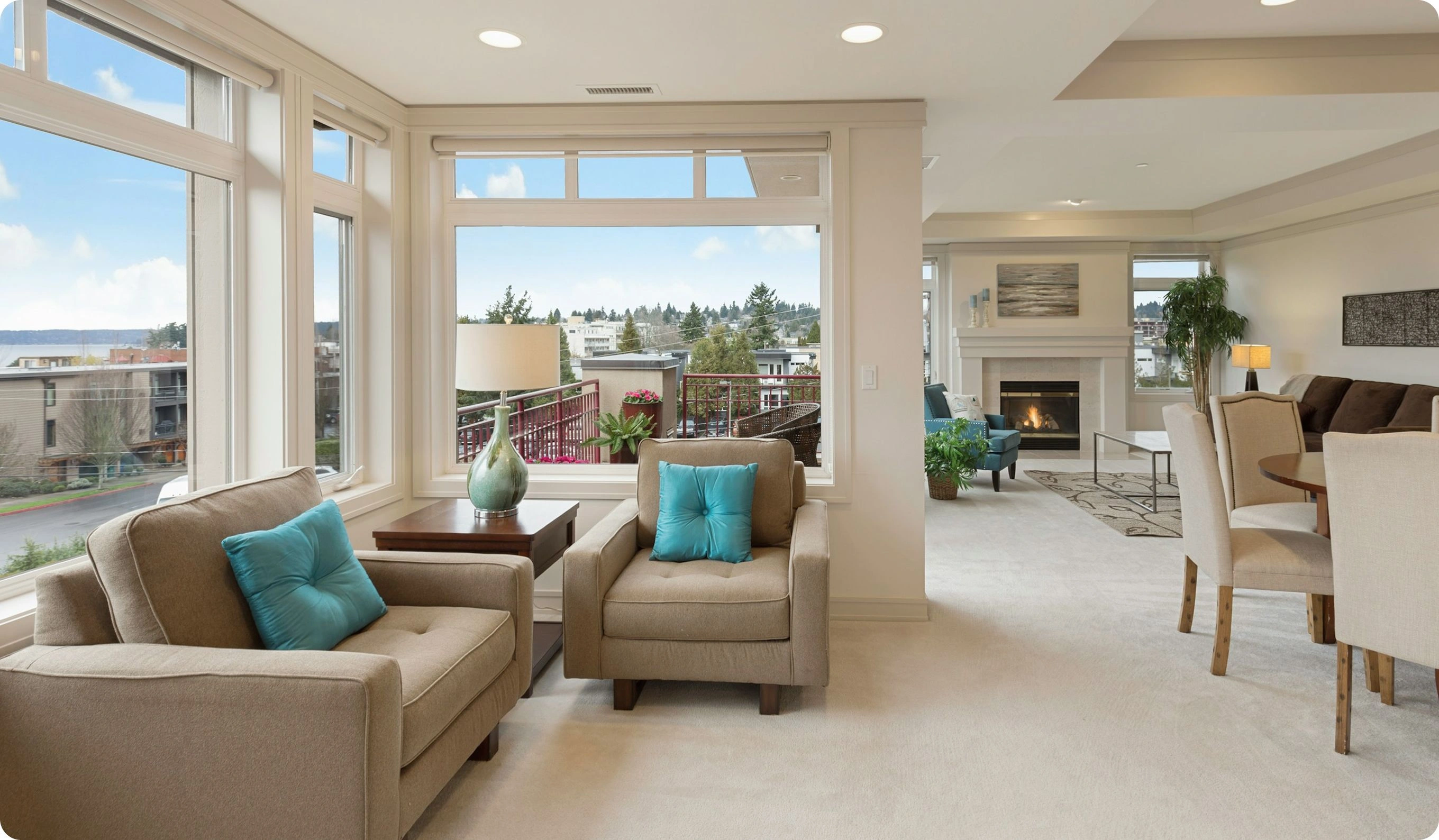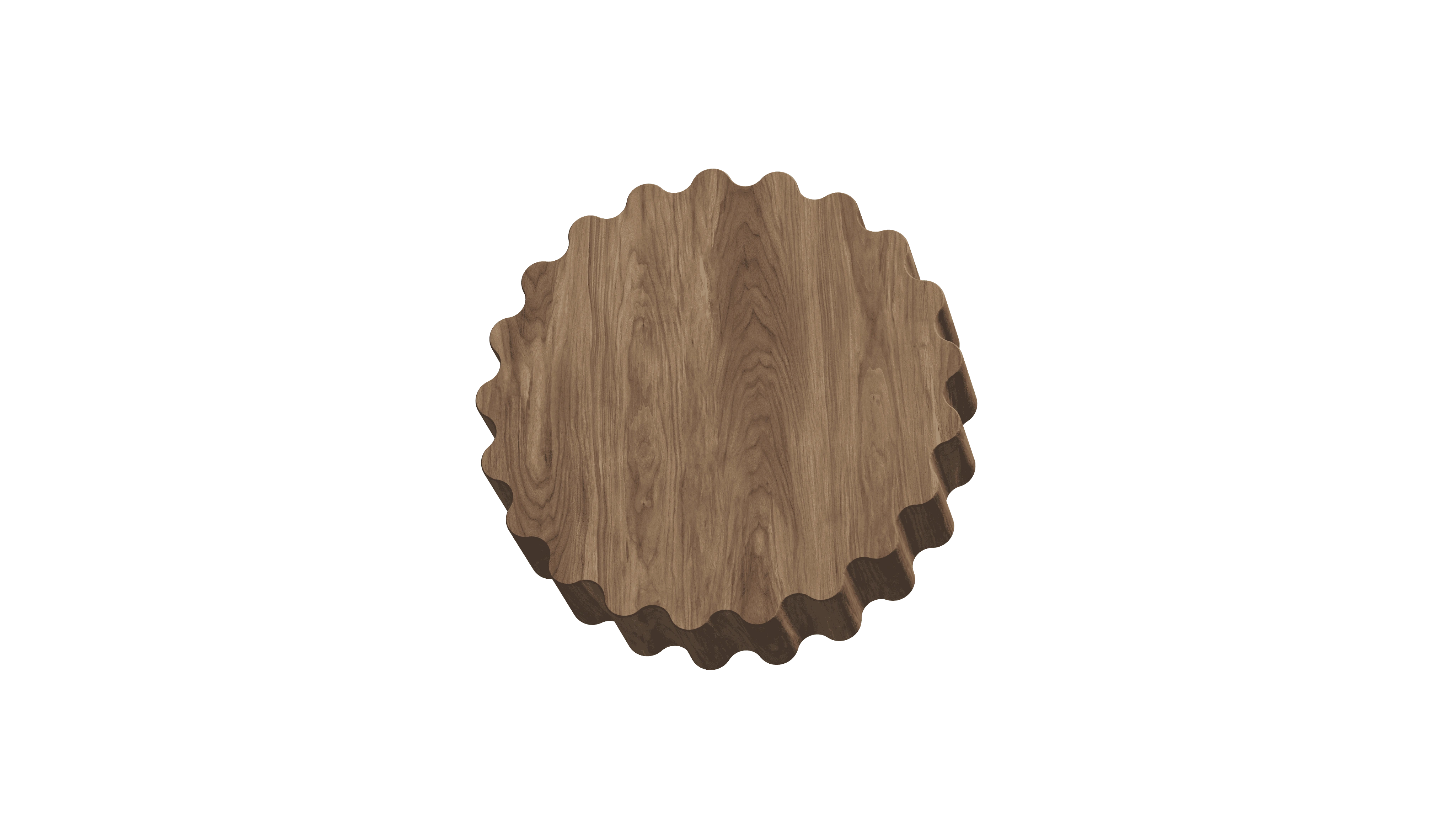Advantages of traveling
to Belarus
Medieval Castle Trails
Journey through Mir Castle’s gothic walls, explore Nesvizh Palace’s ornate gardens, and uncover the tumultuous history of Radziwiłł princes on expertly guided tours that bring bygone eras to life.
Belovezhskaya Forest Safari
Venture into Europe’s oldest woodland to spot free-roaming European bison, wander ancient oak groves, and learn conservation efforts from park rangers in this UNESCO Biosphere Reserve.
Lakeside Folk Festivals
Relax on the shores of Narach or Braslav lakes amid live folk music, traditional dance workshops, artisanal craft markets, and open-air feasts showcasing regional cuisine and hospitality.
Medieval Castle Trails
Journey through Mir Castle’s gothic walls, explore Nesvizh Palace’s ornate gardens, and uncover the tumultuous history of Radziwiłł princes on expertly guided tours that bring bygone eras to life.
Belovezhskaya Forest Safari
Venture into Europe’s oldest woodland to spot free-roaming European bison, wander ancient oak groves, and learn conservation efforts from park rangers in this UNESCO Biosphere Reserve.
Lakeside Folk Festivals
Relax on the shores of Narach or Braslav lakes amid live folk music, traditional dance workshops, artisanal craft markets, and open-air feasts showcasing regional cuisine and hospitality.

Useful articles
and recommendations from experts
Tourism in Belarus: A Complete Guide
Belarus, often overlooked, reveals a captivating blend of medieval heritage, vast primeval forests, tranquil lakes, and resilient folk traditions. Tourism in Belarus offers travel experiences in Belarus that range from exploring UNESCO-listed Mir and Nesvizh castles to wildlife safaris in the ancient Belovezhskaya Forest and cultural immersion in Polotsk’s monastic complexes. How to visit Belarus is made easy by modern highways, efficient rail connections from Minsk, and visa-free entry for many nationalities. Whether you seek best tours in Belarus for history buffs, nature lovers, or cultural explorers, this guide provides practical logistics, insider tips, and curated itineraries to craft a seamless, 1,200-word exploration of this Eastern European gem.
Why Belarus Is Attractive for Travelers
Belarus’s appeal lies in its unspoiled landscapes and preserved heritage. Medieval strongholds—Mir Castle and the Radziwiłł residence at Nesvizh—testify to dynastic grandeur, while the capital Minsk, rebuilt after World War II, showcases Soviet-modernist boulevards and emerging art scenes. Over 40 % of the country remains forested: Belovezhskaya Forest preserves primeval oaks and European bison in a UNESCO Biosphere Reserve, and Polesie’s wetlands shelter rare birds and amphibians. Hundreds of glacial lakes dot the north, offering serene retreats. Folk culture thrives in open-air museums and seasonal festivals—Kupala Night bonfires, Kalyady caroling, and artisan fairs where craftsmen practice centuries-old pottery, weaving, and icon painting. This harmonious mix of nature, history, and living traditions makes tourism in Belarus a richly layered adventure.
Main Types of Tourism in Belarus
Travel experiences in Belarus encompass diverse styles, each supported by specialist operators and well-maintained facilities:
- Cultural & Heritage Tourism: Best tours in Belarus include guided visits to Mir and Nesvizh castles, Neolithic sites at Zyrianitsa, and the medieval cathedral complex at Polotsk, with expert commentary on Eastern European history.
- Nature & Wildlife Tourism: How to visit Belarus’s wilds: safari drives in Belovezhskaya Forest to view European bison, birdwatching in Polesie National Park, and kayaking along the Neman River’s scenic bends.
- Folklore & Festival Tourism: Travel experiences in Belarus’s folk traditions include Kupala Night rituals in the countryside, Maslenitsa pancake festivals in Brest, and crafts fairs at Dudutki open-air museum demonstrating blacksmithing and pottery.
- Lakeside & Wellness Tourism: Best tours in Belarus’s lake districts: spa retreats on Narach Lake’s shores, cycling routes among Braslav’s chain of lakes, and traditional sauna experiences incorporating herbal infusions.
- Urban & Culinary Tourism: How to visit Belarus’s cities: foodie tours in Minsk’s trendy cafés, street-food stalls offering draniki (potato pancakes) and machanka stew, and craft-beer trails in Gomel and Vitebsk.
- Religious & Pilgrimage Tourism: Travel experiences in Belarus’s sacred sites: Orthodox pilgrimage to Holy Dormition Monastery in Uzda, visits to Catholic shrines at Grodno’s Basilica of St. Francis Xavier, and Jewish heritage tours of Brest’s Talmudic academy remains.
Unique Attractions and Experiences
Beyond mainstream highlights, Belarus reveals hidden gems and personalized best tours in Belarus:
- Cycle the Berezina Canal Trail: Follow 19th-century towpaths through oak forests and small villages, with stops at historic locks and riverside picnic spots.
- Night Safari in Belovezhskaya: Nocturnal vehicle tours with thermal scopes to spot bison, deer, and owls in their natural habitat under the starlit canopy.
- Traditional Yurt Stay in Polesie: Spend a night in a reconstructed hunter’s yurt, learn bog-foraging for mushrooms and berries, and cook over an open fire with local guides.
- Polotsk Illuminations Concert: Attend the evening sound-and-light performance projected onto St. Sophia Cathedral’s façade, narrating the city’s millennium-old history.
- Winter Ice-Fishing Experience: Drill holes on frozen lake Narach, learn traditional auger techniques, and sample freshly caught perch cooked lakeside in a samovar tea setting.
Practical Tips for Travelers
To optimize how to visit Belarus, keep these insider Belarus travel tips in mind:
- Visas & Entry: Many nationalities benefit from visa-free entry for up to 30 days when arriving via Minsk National Airport or the Brest and Grodno border crossings. Others can obtain an e-visa prior to arrival. Ensure a passport validity of six months.
- Transport: An extensive rail network connects Minsk, Brest, Gomel, Vitebsk, and Grodno. Intercity buses serve smaller towns. Urban public transport—trolleybuses and metro in Minsk—is efficient. Car rental is available but ahead of peak summer weekends.
- Accommodation: Options range from historic manors converted into boutique hotels (Mir, Nesvizh) to lakeside resorts and budget guesthouses. Book stays near Belovezhskaya Forest and Narach Lake at least one month in advance during summer.
- Health & Safety: Belarus is generally safe; standard urban precautions apply. Tap water is potable in major cities; bottled water is recommended in rural areas. Mosquito repellent is essential for forestry and lakeside excursions.
- Local Etiquette: Modest dress is appreciated when visiting religious sites; remove shoes before entering. A simple “Dobry dzień” (good day) in Polish or “Dobry dzien” in Belarusian is warmly received in western regions. Tipping ~5–10 % in restaurants is customary.
- Currency & Payments: The Belarusian ruble (BYN) is official; ATMs are widespread in cities. Credit cards are accepted in urban hotels and restaurants; carry cash for markets, rural resorts, and forest ranger fees.
Seasonal Demand and Visitor Flows
Belarus’s temperate continental climate shapes the best windows for tourism in Belarus:
- Spring Bloom (April–June): Forests awaken with bluebells and primroses; castle gardens bloom; moderate crowds on heritage tours—ideal for cycling and kayaking before summer heat.
- Summer Festivals (July–August): Peak season for folk festivals, open-air museums, and lakeside resorts—book accommodations and guided tours 2–3 months ahead to secure spots in Belovezhskaya and Narach Lake.
- Autumn Colors (September–October): Oak and birch forests turn amber; harvest fairs in villages showcase local produce and crafts; fewer tourists and comfortable hiking temperatures.
- Winter Wonderland (November–March): Snow blankets castles and forests; cross-country skiing and ice-fishing thrive; traditional Christmas markets appear in Minsk and Grodno—book ice hotel experiences early.
Travel Planning Recommendations
To craft a 7-day Belarus itinerary covering culture, nature, and heritage, consider:
- Day 1 (Minsk Cultural Circuit): Explore Independence Square, Trinity Suburb’s artisan studios, and the National Art Museum; taste draniki and kvass in traditional taverns.
- Day 2 (Mir & Nesvizh Castles): Day-trip to Mir Castle Museum; afternoon at Nesvizh Palace’s gardens and pharmacy museum; overnight in a manor hotel.
- Day 3 (Belovezhskaya Forest): Transfer to Belovezhskaya; visit the bison reserve via safari bus; afternoon ranger-led forest walk; evening night-safari drive; yurt camp stay.
- Day 4 (Grodno & Esedom): Morning in Grodno’s old town and Kalozha Church; visit Esedom synagogue site; evening folk concert in a riverside park.
- Day 5 (Polesie & Homestay): Drive to Polesie wetlands; kayak in Pinsk canals; overnight homestay in a fisherman’s hut with traditional cuisine and night fishing.
- Day 6 (Lake Narach Retreat): Transfer to Narach; spa and sauna at a lakeside resort; afternoon cycling along the shore; open-air folk festival performance.
- Day 7 (Brest & Departure): Visit Brest Fortress Museum; stroll city promenades; final souvenir shopping in Sovetskaya Street markets; depart via train or airport.
By following these how to visit Belarus strategies—reserving castle and forest tours in advance, planning around seasonal festivals, and packing for variable climates—you’ll unlock the most engaging best tours in Belarus, ensuring a seamless, enriching, and deeply memorable journey through this Eastern European treasure.

